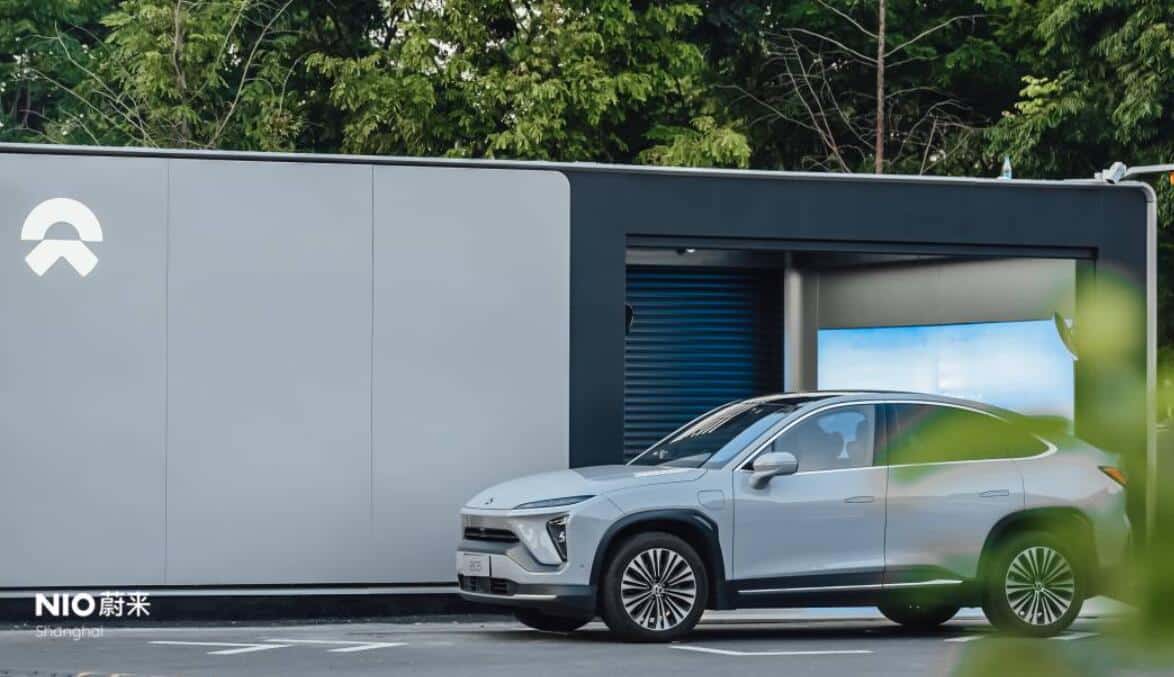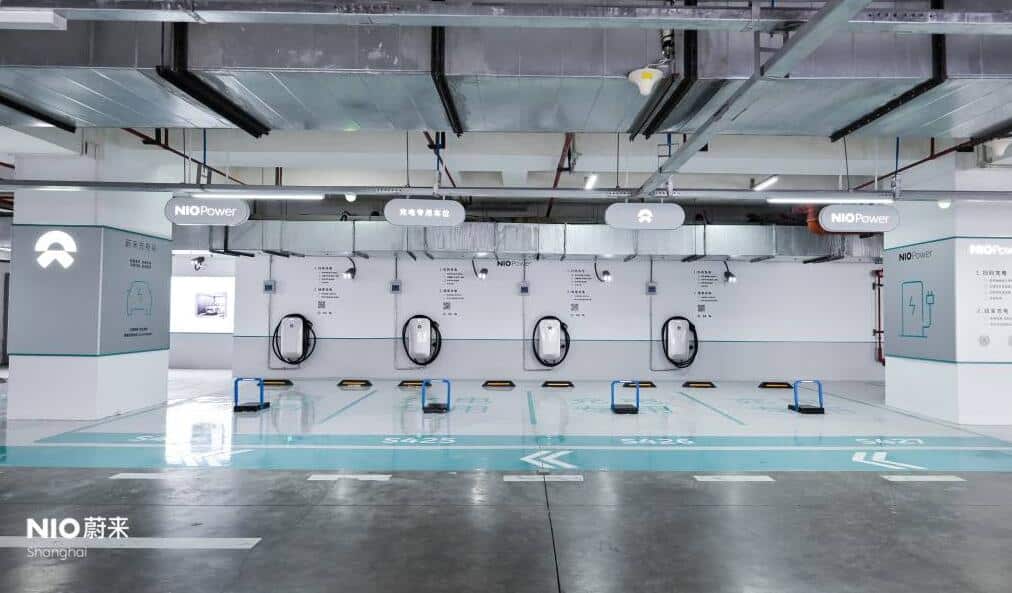Nio's seven new battery swap stations went into operation on August 10, bringing the total to 360. One is located in Xingtai, Hebei Province, and six are in Shanghai.
Most of the six battery swap stations in Shanghai are located around parks, office areas and shopping malls.
Nio also added one Supercharger station and five destination charging stations in Shanghai on Tuesday.
Notably, Nio said that on July 8, a first-generation battery swap station in Shanghai was upgraded to a second-generation version.
This is a rare move for the company, as it has not previously upgraded existing first-generation battery swap stations, focusing instead on bringing second-generation products into operation at new locations.
The second-generation battery swap station can hold 13 batteries and provide up to 312 services per day. Cars can be parked automatically and the battery swap can be completed in 3-5 minutes.
In comparison, the first-generation battery swap station holds up to 5 batteries, has a maximum daily service capacity of 120 times, and requires the user to get out of the car and wait during the battery swap process.
As of August 10, Nio has 33 battery swap stations, 23 supercharging stations, 8 destination charging stations and access to over 27,000 third-party charging piles in Shanghai.
Nio has 360 battery swap stations, 236 supercharging stations, 432 destination charging stations and access to more than 390,000 third-party charging piles in China.
Nio originally planned to have 500 battery swap stations in China by the end of this year, but at the inaugural Nio Power Day event on July 9, the company's co-founder and president, Qin Lihong, announced that the goal had been raised to 700.
On July 9, Nio said that only 29 percent of customers currently have a battery swap station within a 3-kilometer radius, which is unsatisfactory.
By 2025, Nio hopes to have 90 percent of customers within a 3 km radius of a battery swap station.


